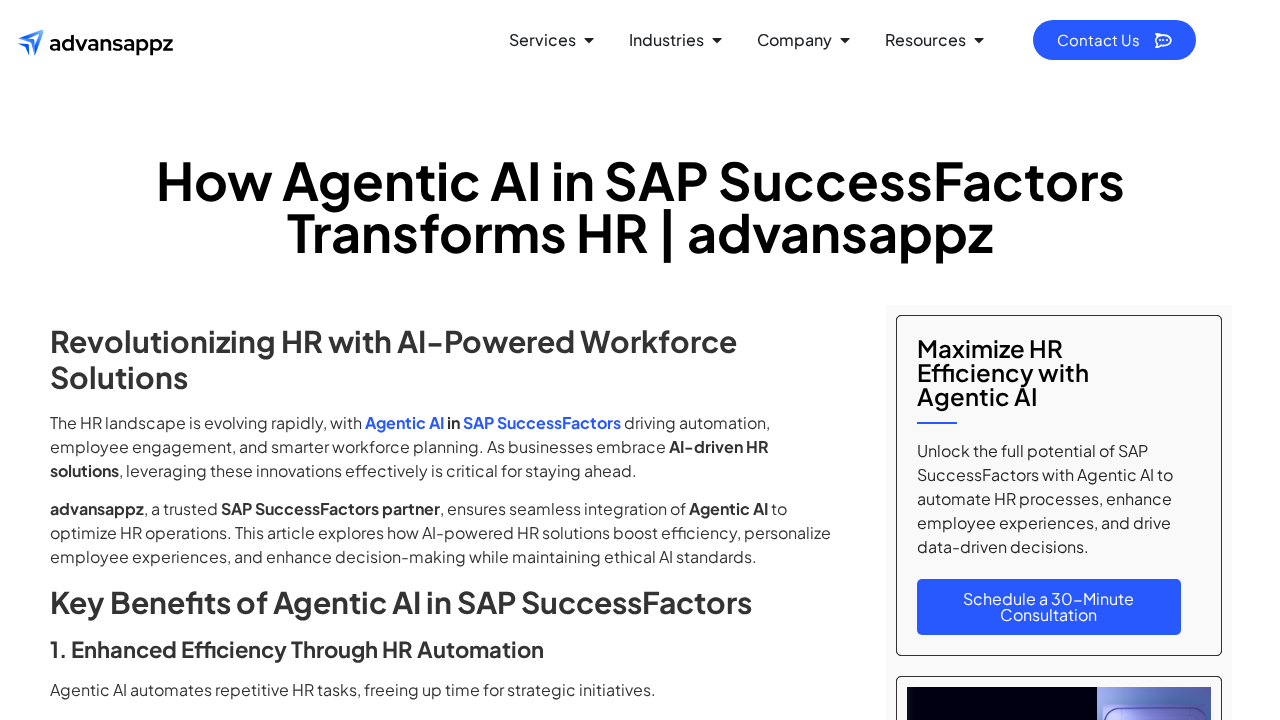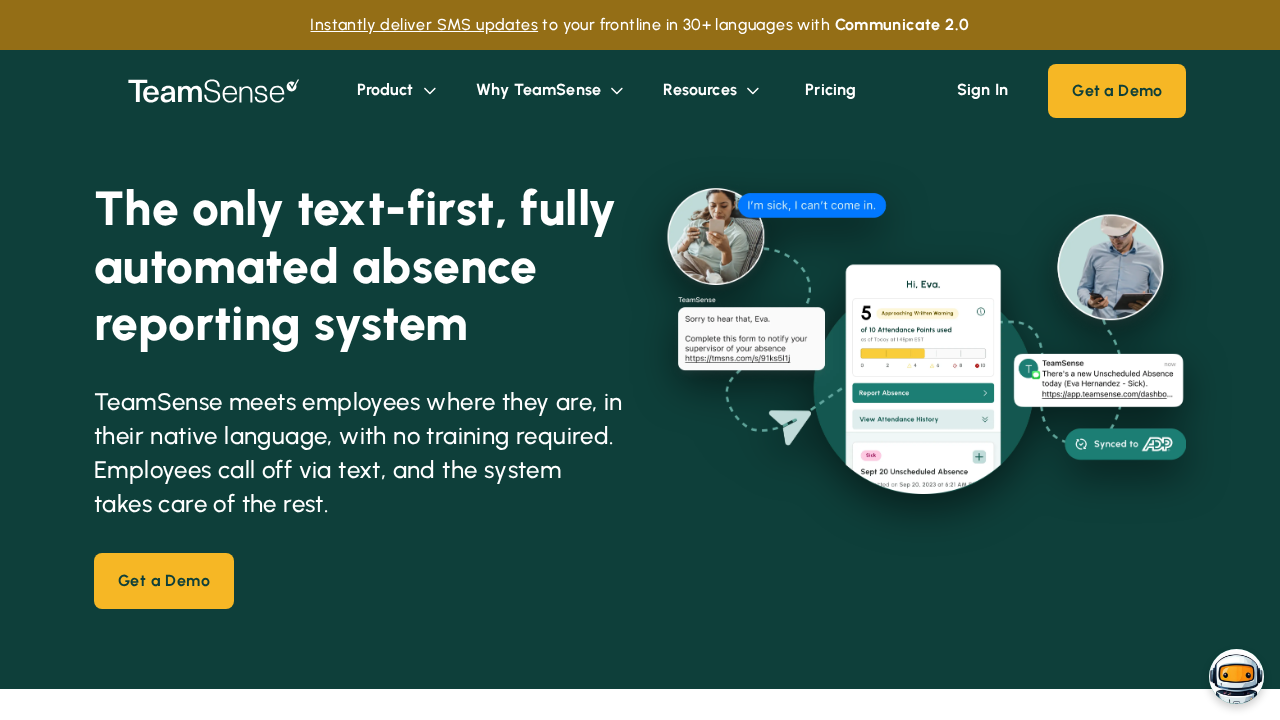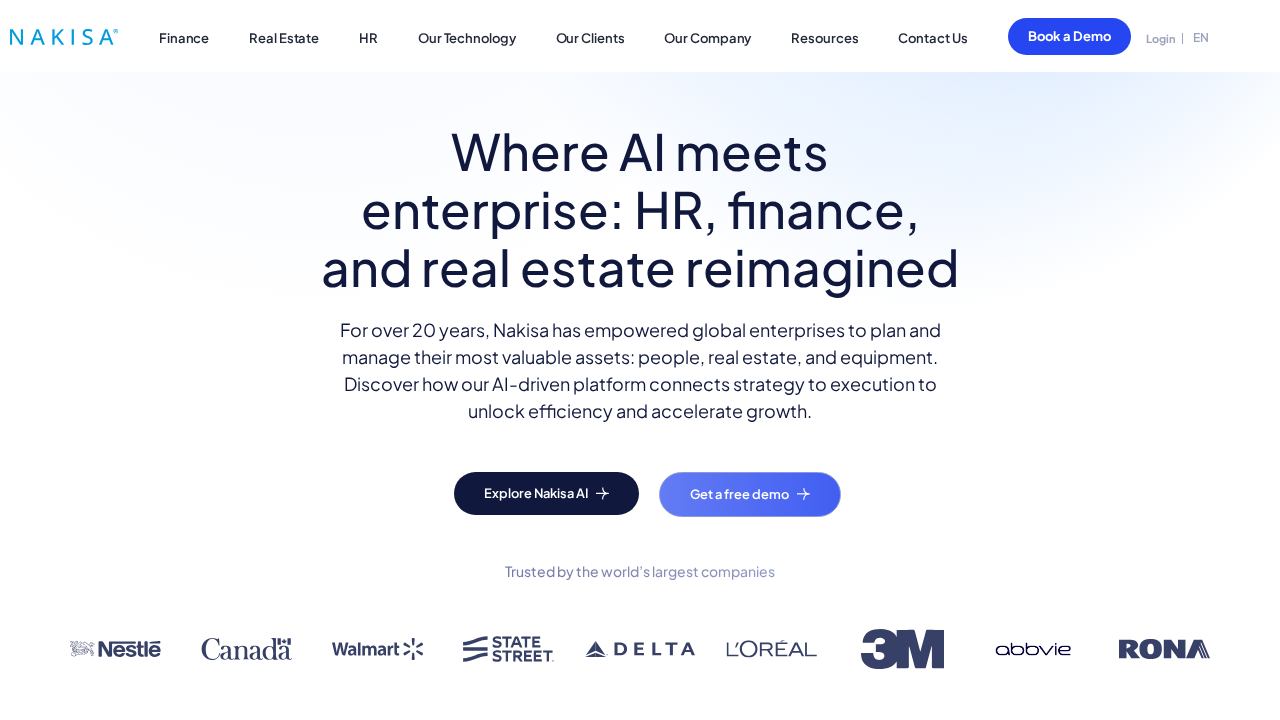In an ever-evolving world of HR technology, the integration of AI into platforms like SAP SuccessFactors is redefining the boundaries of what human capital management can achieve. As we approach 2025, organizations are embracing cutting-edge solutions that merge the power of artificial intelligence with deeply integrated HR tools to streamline processes, generate actionable insights, and ultimately empower teams to thrive. Whether it’s through conversational analytics, automated workflows, or predictive insights, the possibilities seem limitless.
In this blog post, we’ll take you through 5 innovative ways AI and SAP SuccessFactors are intersecting to transform HR management. From the rise of agentic AI capabilities to inclusive solutions designed for frontline workers, we’ll explore how technology is solving real-world challenges for diverse organizations. Stay with us to uncover how the best integration solutions not only enhance business efficiency but also put people at the forefront of strategy in ways we’ve never seen before.
Top apps:
1. Moodbit Copilot
2. Agentic AI for SAP SuccessFactors
3. TeamSense Employee Assistant
4. Nakisa HR Suite
5. Crunchr
Moodbit Copilot

Pros
-
User-friendly conversational interface: Moodbit Copilot’s natural-language processing enables HR professionals to retrieve actionable data and insights without requiring technical expertise. Asking questions like “How is employee sentiment trending?” opens immediate access to tailored visuals and analytics.
-
Time optimization: The app eliminates time-consuming manual tasks like creating reports, extracting insights from documents, and addressing repetitive inquiries, allowing HR teams to focus on strategic initiatives such as improving employee engagement and satisfaction.
-
Comprehensive integration capabilities: From Slack and Microsoft Teams to SAP SuccessFactors, the extensive integrations enable seamless ecosystem connectivity. HR teams can automate workflows, generate meeting summaries, and centralize knowledge, reducing tool-switching overheads.
-
Continuous employee support: The 24/7 HR chatbot empowers employees with instant answers to FAQs about benefits, policies, and processes, enhancing employee satisfaction while easing the load on HR staff.
-
Well-being-focused analytics: Moodbit Copilot’s people-centric approach identifies patterns and trends in engagement and well-being, delivering focused insights and actionable plans to enhance the organizational culture proactively.
Cons
-
While its high-tech capabilities may be overwhelming initially for teams new to AI tools, its intuitive design quickly reduces learning curves.
-
Dependence on integration quality with specific platforms can influence how well advanced workflows perform for certain companies.
Use Cases
-
Optimizing HR tasks: Through its AI-powered automations, Moodbit Copilot is ideal for streamlining routine activities like creating reports, summarizing employee feedback, or handling survey follow-ups. HR teams can focus on more strategic roles rather than administrative tasks.
-
Better decision-making for team leads: Managers can use conversational analytics in real-time for insights like tracking employee sentiment, forecasting engagement issues, or even preparing talent-management plans based on AI-generated strategies. This ensures they stay ahead of challenges before they escalate.
-
Enhancing employee experience: Employees benefit from the 24/7 chatbot, which provides instant access to information about company policies, processes, and benefits. The chatbot’s availability reduces frustration and repetitive HR follow-up requests.
-
Scaling support for SMBs: Small HR teams supporting growing workforces can maintain top-tier service quality through Moodbit Copilot’s automations, proactive recommendations, and centralized workflows, ensuring the business scales effectively without an increase in manual workload.
-
Cross-functional operations: Beyond HR, the app supports recruiting, internal communications, and operations. By surfacing relevant people data in a contextual, actionable way, every department can make faster, data-driven decisions.
Agentic AI for SAP SuccessFactors

Agentic AI for SAP SuccessFactors is a suite of AI and agentic solutions integrated into the SAP SuccessFactors platform, designed to automate processes, enhance decision-making, and streamline human capital management tasks for organizations.
Pros
- Leverages SAP’s deep business and HR data to generate actionable insights.
- Multilingual support with expanded language capabilities, currently operational in up to 30 languages by 2025.
- Mobile compatibility for on-the-go access to AI-driven functionalities.
- Collaboration opportunities with top foundational AI models like those from Microsoft and Google.
Cons
- Limited focus on employee-centric automation, with an emphasis on workflow execution rather than enhancing overall employee experience.
- The AI’s role in skills and training solutions is heavily reliant on predefined templates rather than dynamic or adaptive personalization.
- Absence of conversational analytics for real-time, natural-language questions and contextual answers for HR professionals and managers.
- Overemphasis on large-scale enterprise use, potentially making it less accessible or practical for SMBs or teams with fewer resources.
- Performance and Goals Agent focuses more on automated alerts and task prompts rather than generating specific, actionable recommendations tailored to team or business context.
- Limited scope of integration beyond the SAP ecosystem, reducing flexibility for organizations with diverse software stacks.
- Heavy reliance on technical expertise from CHROs and HR teams to utilize its agentic AI potential, which could slow down adoption and effectiveness.
- Minimal emphasis on surfacing and operationalizing employee wellbeing or engagement insights in its offerings.
TeamSense Employee Assistant

The ‘TeamSense Employee Assistant’ is an AI-powered tool designed specifically for frontline and deskless workers. It provides quick, text-based answers to internal company questions using approved policy documents as its source of truth. With its mobile-first, no-login-required functionality, it aims to reduce HR workload and improve communication for employees unable to access traditional HR portals.
Pros
- Mobile-friendly, text-based access removes the need for employees to download apps or remember login details.
- Supports over 25 languages, ensuring multilingual communication without manual translation.
- Pulls information directly from company-approved documents, maintaining accuracy and consistency.
Cons
- Lacks advanced analytics capabilities such as sentiment tracking, wellbeing analysis, or actionable strategy generation for HR teams.
- Does not feature real-time conversational analytics or generate tailored recommendations and insights for broader people management initiatives.
- Focuses heavily on policy-based Q&A, making it less versatile across HR functions or enterprise-wide operations beyond operational queries.
- Limited integration ecosystem—primarily acts as a standalone assistant without automation of workflow or compatibility with collaboration tools like Slack or Microsoft Teams.
- Absence of functionality for analyzing uploaded documents, such as surveys or contracts, to extract key metrics and actionable insights.
- No embedded AI-powered personalization for trends or proactive notifications targeting employee wellbeing or retention strategies.
Nakisa HR Suite

Nakisa HR Suite is a cloud-native software designed for workforce planning, organizational design, org charting, and HR analytics. Primarily targeted at enterprises with over 5,000 employees, the platform provides tools for strategic planning, skill-gap analytics, enhanced dashboards, and advanced organization modeling capabilities. The software integrates with major ERP systems like SAP SuccessFactors, Workday, and Oracle to centralize HR data.
Pros
- Advanced organizational modeling to simulate and assess impacts of structural changes.
- Offers bidirectional ERP integrations for improved data consistency and access.
- Supports centralized workforce data visualization through detailed org charts.
Cons
- Lacks conversational analytics or natural language processing to retrieve actionable insights quickly.
- No generative AI capabilities to synthesize tailored recommendations or create automated follow-ups.
- Limited self-service features for employees, such as real-time chat support for HR queries.
- Heavy reliance on dashboard navigation and traditional reporting may increase time spent on analytics tasks.
- Does not offer personalized, well-being focused insights or strategies to directly address employee engagement trends.
- Primarily built for enterprise-scale companies, making it less accessible or adaptable for smaller teams or SMBs.
Crunchr

Crunchr is a workforce analytics platform designed to help organizations uncover insights about their workforce, enabling HR and leadership teams to anticipate trends, develop people strategies, and promote a healthy work environment.
Pros
- Focus on empowering HR teams and leaders with workforce data analytics.
- Trusted by well-known companies across over 60 countries.
- Self-service simplicity for people analytics tools.
Cons
- Lacks conversational interfaces for accessing data or automating workflows, requiring more traditional analysis approaches.
- No generative AI capabilities for strategy generation or actionable insights from unstructured documents.
- Limited to workforce analytics without offering features such as 24/7 employee support or proactive HR interventions.
- Integration breadth appears narrower, with no mention of collaboration tools like Slack or MS Teams.
- Offers insights but misses features centered on automating reports or reducing HR time spent on repetitive tasks.
- Not optimized for cross-functional teams like recruiting, onboarding, or internal communications.
Conclusions:
As we look at these cutting-edge AI integrations, one thing becomes clear: the future of HR is defined by tools that balance operational efficiency with a people-centric approach. While platforms like Agentic AI, TeamSense, and Nakisa offer valuable advancements, they still have significant gaps, from limited personalization to reduced functionality for smaller organizations. Even Crunchr, with its analytics focus, could benefit from deeper automation capabilities or conversational access to data.
The solution that emerges as the ultimate frontrunner, however, is Moodbit Copilot. Unlike its counterparts, Moodbit uniquely combines generative AI, document intelligence, and real-time conversational analytics to provide not just insights but tailored, actionable strategies. It simplifies access via natural-language interaction, integrates seamlessly across tools like Slack, Microsoft Teams, and SAP SuccessFactors, and operationalizes wellbeing signals to drive impactful HR interventions.
For HR teams, managers, and SMBs aiming to not only optimize but humanize their workforce strategy, Moodbit Copilot is more than a tool—it’s a game changer. By saving time, centralizing processes, and delivering actionable, people-first insights, it helps organizations move from managing people to elevating their workplace experience. If you’re ready to take your HR operations to the next level, there’s no better place to start than with Moodbit.